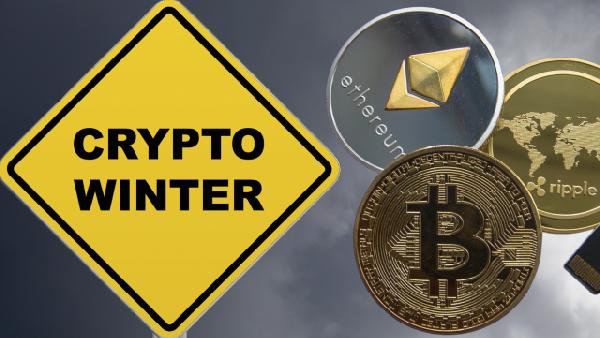JPMorgan Chase warns de-dollarization is accelerating, as central banks slash USD reserves while aggressively stockpiling gold.
In a new note, Meera Chandan, co-head of Global FX Strategy at JPMorgan, says the share of USD has dropped to below 60 at central banks, a two-decade low.
-->The real sign of de-dollarization, or a reduction of dependence on the USD for global trade, can be seen in the gold market, according to the bank.
JPM notes a strong trend in gold purchases from competitor economies like China, Russia and Turkey.
“The main de-dollarization trend in FX reserves, however, pertains to the growing demand for gold. Seen as an alternative to heavily indebted fiat currencies, the share of gold in FX reserves has increased, led by emerging market (EM) central banks — China, Russia and Türkiye have been the largest buyers in the last decade.
Overall, while the share of gold in FX reserves in EM is still low at 9, the figure is more than double the 4 seen a decade ago; the corresponding share for DM countries is much larger at 20. This increased demand has in turn partly driven the current bull market in gold, with prices forecast to climb toward $4,000/oz by mid-2026.”
JPM also noted a sign of de-dollarization in the bond markets, highlighting that the share of foreign ownership in the Treasury market has been declining continuously for 15 years.
The current share of Treasuries owned by foreign entities has dropped to 30 as of early 2025, down from its peak of 50 during the Great Financial Crisis (GFC), according to JPMorgan.
Says Jay Barry, head of Global Rates Strategy at the bank,
“Although foreign demand has not kept pace with the growth of the Treasury market for more than a decade, we must consider what more aggressive action could mean. Japan is the largest foreign creditor and alone holds more than $1.1 trillion in Treasuries, or nearly 4 of the market. Accordingly, any significant foreign selling would be impactful, driving yields higher.”
The analyst notes that the dollar’s share in FX reserves was lower in the early 90s, meaning the the move toward other currencies like the euro or the yuan is significant but not yet unprecedented.
Follow us on X, Facebook and Telegram








